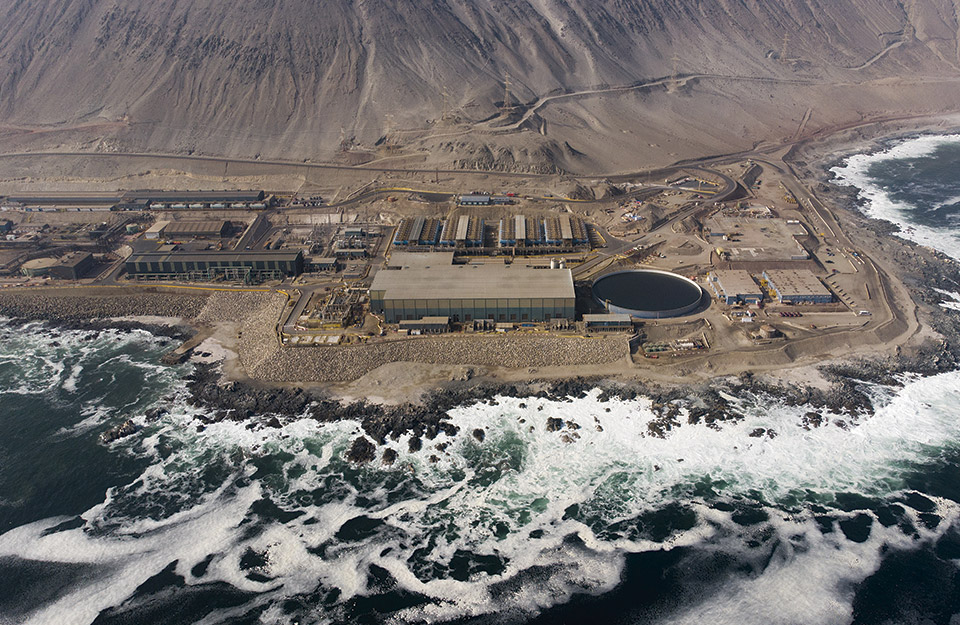
To mark World Day to Combat Desertification and Drought, we are putting the spotlight on Chilean entrepreneurs Enzo García and Tomás Acuña, the creators of Bloom Alert, technology designed to maximize water desalination processes around the world. Their innovative solution has just won the prestigious ‘MIT Water Innovation Prize’.
Global warming means that ever more areas are suffering water shortages and scientists predict more frequent and longer periods of drought in the future. The impact of drought is not confined to nature – it is already impacting millions of people around the world. In fact, over 40% of the people on Earth do not have access to drinking water for consumption or guaranteed safe sanitation and hygiene.
This is why ever more people believe that the solution to water shortages will come from the sea, through desalination. Every day, almost 300 million people on Earth depend on desalinated water for their survival. Their water comes from more than 18,000 desalination plants around the world, with production capacity of around 95.4 million cubic meters (m3) of fresh water per day.
It was against this context that Chilean entrepreneurs Enzo García and Tomás Acuña created “Bloom Alert” in 2018. They were convinced that Chile should position itself as a leader in desalination in the Americas. Bloom Alert is innovative software that enables desalination plants to predict coastal pollution events that could have a serious impact on desalinated water production, such as petrol spills, sewage discharge and red tide outbreaks, among others.
This innovation has been attracting global attention since it was awarded the ‘MIT Water Innovation Prize’ in May. This is a prestigious international competition for innovation held by the Massachusetts Institute of Technology (MIT), which awards up to US$35,000 annually to emerging entrepreneurs who develop innovative solutions for the water industry. In winning this prize, they became the first Latin American team to get to the final and be crowned champion of this renowned competition.
How does Bloom Alert work?
The computer program analyzes oceanographic information provided by NASA and European Space Agency satellite missions and complements the data with satellite observations from the past 20 years. This process allows Bloom Alert to predict events that might put at risk the operation of desalination plants up to 14 days in advance.
What “Bloom Alert” could have prevented
To show just how useful this system is, its creators give the example of their hometown: Antofagasta. In March, 2011, the city faced one of its most serious health crises ever, when a fault in one of its desalination plants triggered a cut in the drinking water supply for 200,000 people, which lasted several days. It was later determined that the episode had been caused by a massive bloom of microalgae on the Antofagasta coast, attributable to a red tide outbreak. Enzo García says that the interruption in the water supply would have been avoided if the desalination plant operators had had access to Bloom Alert technology, to anticipate the occurrence of this natural phenomenon and take the contingency measures indicated by the platform.
Bloom Alert has already completed its first pilot project at Latin America’s largest desalination plant, which is located in the Antofagasta Region, where it is safeguarding 20% of Chile’s desalinated water production. Its creators are now looking to extend their business model throughout the Americas and the Middle East, where approximately half of the world’s desalination plants are situated.
To find out more about this innovative solution for the water industry, check out its web site.





